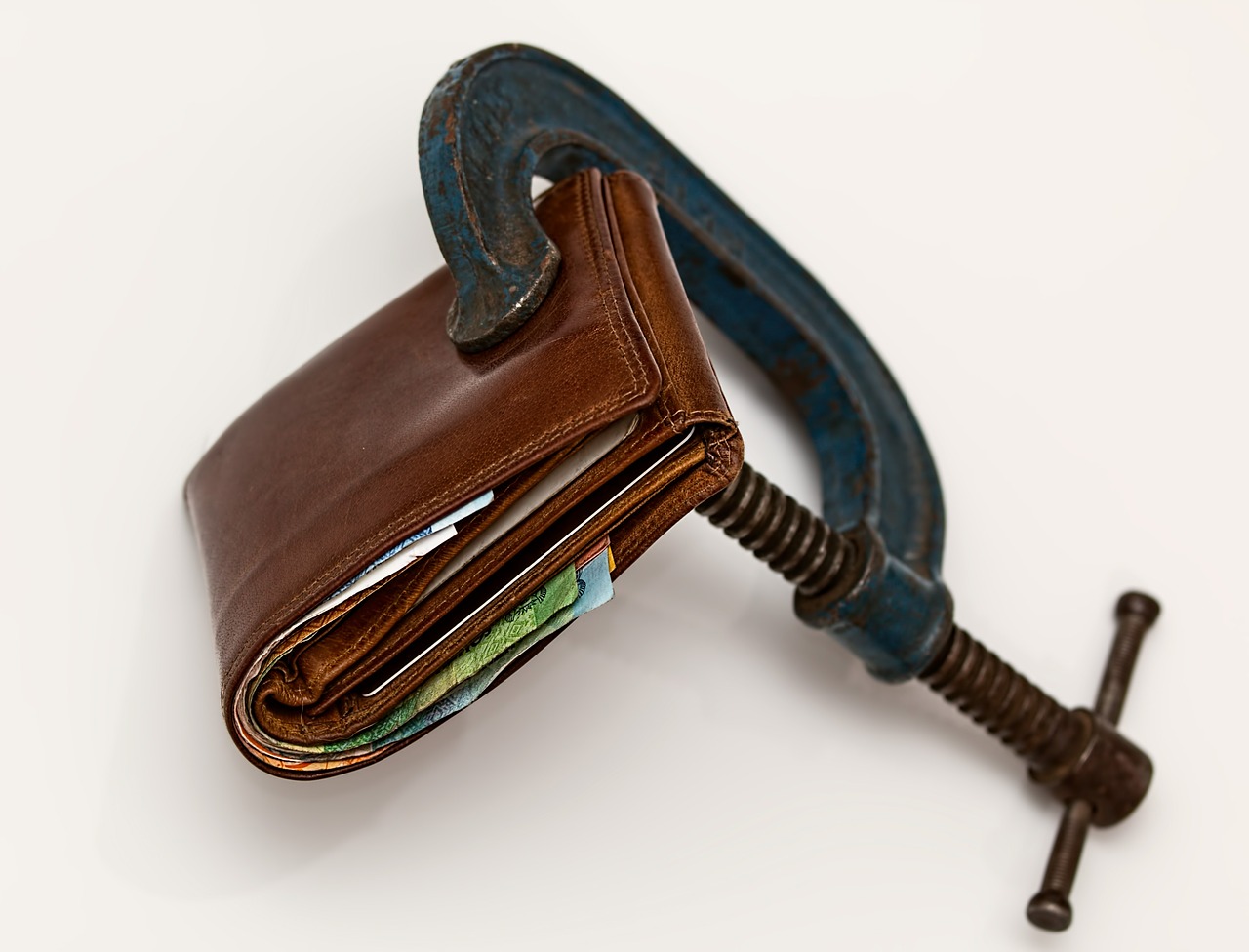
3D printer purchasing is easy: just look up the sale price and see if you have budget for it. Right? Yes?
No, there’s a lot more to it than just buying the machine. A reader asked about our popular “total cost of ownership” model for the Carbon 3D printer and I realized readers might not understand that the same analysis could be done on pretty much any 3D printer option.
The basic premise is this: the decision to buy a 3D printer is not the end of your spending, but only the beginning. The decision to acquire a printer is actually a commitment to spending whatever happens afterwards, so it’s appropriate to analyze it over a longer period.
There are only a few things you need to know before commencing such an analysis:
How long a period do you want to analyze? This should be the expected lifetime of the machine, because that’s when you will – or could – use it. Your analysis will examine what you will spend during this period. Typically this might be three years – or if a large machine, your leasing period.
What materials will you most frequently use? It’s possible you will be using a single material for almost all printing, but it’s also possible you may be using a mix of materials. Use your best estimate to determine a ratio of materials.
What is the average weight of a print? This is quite hard to determine with any precision, but you have to estimate something.
What is the frequency of printing? How often will you print p? How many objects will you produce per month? Whatever your number, I’d gross it up a bit to account for failed prints.
What is your maintenance strategy? In other words, when the machine inevitably breaks, how will you get it fixed? Will yo fix it yourself (which means you’ll be paying for parts only), or will you require a maintenance service or extended warranty to handle issues?
What is your “burst rate”? By this I mean will your 3D printing activities be “steady”, or will you require an ability to produce a lot of objects in a short period of time? How frequently will this occur? This factor will help decide whether you require more than one machine to handle bursts of printing.
Having this information, you are now equipped to speak with vendors to get a rough idea of your longer term financial commitment. The formula is to add the following:
- Cost of machine X number required
- Average cost of materials X analysis period in months X monthly print rate X average weight of materials
- Cost of warranty / service coverage / parts for the period
With this, I’m sure you’ll find your costs far larger than you might imagine. You might also be surprised to find you’re spending more on materials than you are on the machines – making the notion of inexpensive materials more important than you may realize.
Finally, remember this is a very rough guide. There are countless other factors such as the reliability of the machine, the accessibility of spare parts, the quality of prints, the availability of the required materials and much more. But at least with this guide you can see roughly what you must be prepared to spend.

